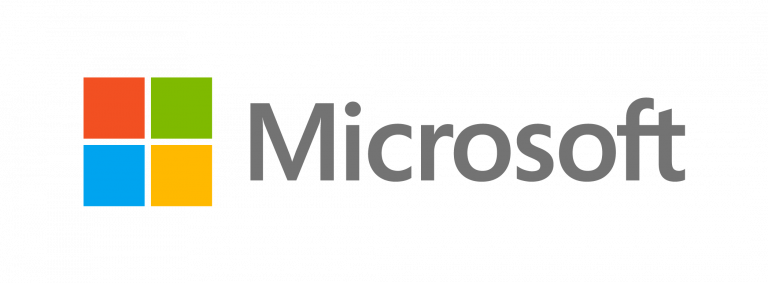
Articles
Editor’s Picks
Thirty-Five Years Ago Today, Microsoft Announced the Arrival of Windows
By Cait Etherington
November 10, 2018
Remember life before Windows? If you do, you’re dating yourself. Microsoft announced the arrival of Windows on November 10, 1983, though the actual rollout of the new graphical user interface didn’t take place until November 1985. While the arrival of Windows may sound trivial, Windows transformed the standard for computing and made computing increasingly accessible to the average user. Surprisingly, however, at the time, not everyone was sold on the concept of “windowing.”
Computing Before the Arrival of the Graphical User Interface
Computers with user-friendly interfaces–widely known as “graphical user interfaces”–hold several distinct advantages. For example, rather than rely on commands, they rely on icons. If a user wants to store a document, for example, they can drop the document into an icon that looks like a file folder. Likewise, user-friendly interfaces have applications or apps that generally resemble their counterparts in the material world. If you want to jot something down, you open an app that looks like an actual notepad. If you want to check the time, you click on an app that looks like a clock. In essence, the shift in computing from commands to icons was important because it eased the transition from an analog to digital world.
The first computers with graphical user interfaces were developed by Xerox, but it was Apple that introduced the graphical user interface to the general public in the early 1980s. First, Apple introduced the expensive and unsuccessful Apple Lisa and eventually, its more affordable and successful Apple II series. By 1983, it was clear that for Microsoft to remain competitive and move into the home computer market, it would also need to launch a personal computer with a graphical user interface. This lead to the somewhat premature announcement of Windows.
Microsoft’s Announcement of the Arrival of Windows
On November 11, 1983, the New York Times ran a short article on Microsoft’s announcement of Windows the previous day. The article noted that the Microsoft Corporation would soon introduce “a new program to allow computer screens to be divided into several windows, each displaying different tasks that can be performed with the aid of a handheld device called a mouse.” According to the article, the new program “will compete with Visicorp’s new Visi-on program” and “Apple Computer Inc.’s Lisa computer.” Over a year later, in an article on “windowing,” however, the New York Times referred to Windows as “maybe soon to be released, several years late, by Microsoft.”
Not Everyone Was Immediately Sold on “Windowing”
For a brief period of time, when “windowing” was being used as a verb, the idea of “windows” was not only somewhat foreign but for some onlookers also a subject of considerable skepticism. A late 1984 article in the New York Times explained that “windows” are meant to “emulate the familiar, comforting desktop, a cluttered one at that.” However, as the article’s author Erik Sandberg-Diment further noted, “It is extremely difficult to use efficiently a system that displays bits and pieces of documents in windows next to and above and below each other, like so many papers spread out in overlapping piles on a desk with just their edges sticking out here and there to identify them.”
In fact, in 1984, nearly a year before the actual launch of Microsoft Windows, Sandberg-Diment had already announced the death of “windowing.” In his words, “Windows were a great idea until you compared them with the old-fashioned, uncomputerized desk, at which point it became obvious that they were simply too complicated to be dealt with efficiently. They made life more difficult, not easier, and they will continue to do so until a video display the size of a desktop can make visible a number of complete documents, each in its own window.”
In the end, while few people continued to use “windows” as a verb (as in “windowing”), windows and more notably, Microsoft Windows did survive. The first version of Microsoft Windows eventually reached the public on November 20, 1985, over two years after Gates’ announcement of the product. Although Microsoft Windows 1.0 and 2.0 were not commercially successfully, subsequently version of Windows proved extremely popular, giving Microsoft an edge on the personal commuting market for much of the late 1980s and 1990s.









In our office we have all that and mores. Yes that includes an abacus, magic lantern etc https://www.spellingcity.com/blog/educational-technology-of-yesteryear/